Imagine waking up with the perfect pout that lasts forever—if only it were that simple. Lip fillers, while transformative, have a lifespan typically ranging from 6 to 12 months, with some lasting up to 18 months. After your treatment, you’ll likely experience tenderness and swelling, peaking within the first 48 hours. Knowing how to care for your lips during this period is essential for achieving the best results and minimising complications. Wondering what specific steps you need to take and what to avoid? Let’s explore how to maximise the benefits of your new look.
Key Takeaways
– Lip fillers typically last between 6 months to 1 year, with some extending up to 18 months.
– Post-treatment effects include tenderness, minor discomfort, swelling, and bruising, which peak within 24-48 hours.
– Immediate aftercare involves using cold compresses, avoiding strenuous activities, and following practitioner instructions closely.
– Complications to watch for include persistent swelling, infection signs, and discoloration; seek medical attention if severe reactions occur.
– Regular touch-ups are recommended every 6-9 months to maintain desired appearance and prevent complete dissolving of fillers.
Typical Duration of Lip Fillers
When considering lip fillers, you might wonder how long their effects will last. The typical duration of lip fillers varies depending on several factors, including the specific lip filler types used. Generally, you can expect results to last between six months to a year. Some formulations may even provide longer-lasting results, extending up to 18 months.
To maintain the desired look, regular lip filler maintenance is crucial. You should schedule follow-up appointments with your practitioner to assess the condition of your lips and determine when a touch-up might be necessary. This proactive approach guarantees that you retain a natural and consistent appearance over time.
Different lip filler types have unique properties that influence their longevity. For instance, hyaluronic acid-based fillers are popular due to their natural look and feel, but they typically dissolve faster than other options. On the other hand, some synthetic fillers might offer extended durability but could require more diligent maintenance.
Understanding the typical duration of lip fillers helps you make informed decisions about your cosmetic treatments. By considering the type of filler and committing to regular maintenance, you can enjoy fuller, more defined lips for an extended period.
Types of Fillers
Lip fillers come in various types, each designed to achieve specific results and cater to different needs. The most common type is hyaluronic acid fillers. Hyaluronic acid is a naturally occurring substance in your body that helps retain moisture and add volume.
When used in lip fillers, it provides immediate plumpness and can be easily adjusted for symmetry. Popular brands like Juvederm and Restylane fall under this category. These fillers are praised for their smooth texture and natural-looking results.
Another type of filler involves collagen stimulators. Unlike hyaluronic acid fillers that provide instant volume, collagen stimulators work by encouraging your body to produce more collagen over time. This leads to gradual, long-lasting improvement in lip fullness.
Brands such as Sculptra are known for their collagen-stimulating properties. These fillers are ideal if you’re looking for more sustained, natural enhancement.
Choosing the right type of filler depends on your specific goals and needs. Whether you opt for the immediate effects of hyaluronic acid or the gradual benefits of collagen stimulators, understanding these options can help you make an informed decision about your lip enhancement treatment.
Factors Influencing Longevity
Several factors can influence how long lip fillers last, making it important to understand what affects their longevity.
First, the injection technique plays a significant role. An experienced practitioner will use precise methods to guarantee even distribution and ideal placement of the filler, which can enhance its durability. Poor technique can lead to uneven results and quicker degradation.
Next, product quality is essential. High-quality fillers, typically made from hyaluronic acid, tend to last longer and provide more natural results. Lower-quality products may break down faster, requiring more frequent touch-ups. When selecting a provider, always inquire about the brands and types of fillers they use to confirm you’re getting a reliable product.
Another factor is your metabolism. Individuals with faster metabolic rates may find that their fillers break down more quickly.
Lifestyle choices, such as smoking or excessive sun exposure, can also impact how long your fillers last. Maintaining a healthy lifestyle can help prolong the effects.
Lastly, the area treated and the amount of filler used can influence longevity. Lips are highly mobile, which can cause fillers to wear out faster than in less active areas.
Knowing these factors can help you make informed decisions and manage expectations post-treatment.
Immediate Post-Treatment Effects
Understanding the factors that influence the longevity of lip fillers sets the stage for what to expect immediately after the treatment.
Right after your procedure, you might notice a few initial reactions that are completely normal. Your lips will likely feel a bit tender, and you might experience some minor discomfort in the treated area. These sensations typically subside within a few hours.
Emotionally, you might feel a mix of excitement and apprehension. Seeing the immediate change in your lip volume could boost your confidence, but it’s also common to experience some initial surprise or uncertainty about your new look.
It’s important to remember that these emotional responses are natural and usually temporary.
You should also be mindful of how your lips feel and look during this period. The initial reactions are part of the body’s natural response to the fillers and shouldn’t cause concern.
If you experience anything unusual or particularly concerning, don’t hesitate to contact your healthcare provider.
Swelling and Bruising
While it’s common to feel initial tenderness, swelling and bruising are also typical reactions following lip filler treatments.
Swelling usually peaks within the first 24 to 48 hours but can last up to a week. The swelling timeline varies from person to person, but you’ll likely notice a significant reduction by the third or fourth day. To help manage swelling, apply a cold compress intermittently for the first 24 hours and keep your head elevated when sleeping.
Bruising can also occur and is usually most evident within the first few days post-treatment. Effective bruising management includes avoiding alcohol, aspirin, and other blood-thinning medications before and after the procedure, as they can exacerbate bruising.
Arnica gel or tablets are often recommended to reduce bruising more quickly.
It’s important to avoid strenuous activities and excessive heat—like hot showers or saunas—during the initial recovery period, as these can worsen both swelling and bruising.
If you follow these guidelines, you’ll help guarantee a smoother recovery process and more satisfying results. Always consult with your healthcare provider for personalised advice tailored to your specific situation.
Pain Management
Managing pain after lip filler treatments is vital for a comfortable recovery. You can expect some discomfort, but there are effective pain relief options to help you manage it. One of the most common methods is the use of topical numbing creams applied before the procedure. These numbing techniques greatly reduce pain during the injection process.
Post-treatment, over-the-counter pain relievers like ibuprofen or acetaminophen can help alleviate any lingering discomfort. Always follow the dosage instructions and consult with your healthcare provider to make sure these are suitable for you.
Applying a cold compress to the treated area can also reduce swelling and numb the pain.
Another effective pain management strategy involves avoiding activities that can exacerbate discomfort. Refrain from intense physical exercise, extreme heat exposure, and consuming hot beverages immediately after the treatment.
Keeping your head elevated while sleeping can further minimise swelling and pain.
It’s essential to follow your practitioner’s specific aftercare instructions, as they know what’ll work best for you. With the right pain relief options and numbing techniques, you can guarantee a smoother, more comfortable recovery experience.
Essential Aftercare Tips
After getting lip fillers, adhering to crucial aftercare tips is imperative for achieving the best results and minimising complications.
First and foremost, keep your lips hydrated. Hydration importance can’t be overstated; drink plenty of water and apply a hydrating lip balm frequently to maintain moisture. Avoid excessive touching or massaging your lips for at least 48 hours to allow the filler to settle properly.
Cold compresses can help reduce swelling and bruising during the first 24 hours. Apply them intermittently for 10-15 minutes. Refrain from using any harsh skincare products around your lips, as they can irritate the treated area.
It’s crucial to sleep on your back with your head elevated for the first few nights. This helps minimise swelling and guarantees the filler stays in place.
Stick to a gentle, bland diet, avoiding salty and spicy foods that can cause irritation. Stay away from intense physical activity, as it can increase swelling.
Follow your practitioner’s specific aftercare instructions closely, as they may have additional personalised recommendations. By focusing on these aftercare essentials, you’ll enhance your results and enjoy your rejuvenated lips longer.
Activities to Avoid
To guarantee ideal results and minimise complications, there are specific activities you should avoid after getting lip fillers.
Immediately post-treatment, you must steer clear of strenuous exercise. Physical exertion can increase blood flow to your face, potentially causing swelling or bruising around the treated area.
Another vital post-treatment precaution is avoiding excessive heat. This includes staying away from saunas, hot tubs, and even hot showers for at least 24 to 48 hours. Heat can exacerbate swelling and discomfort, interfering with the healing process.
You should also refrain from consuming alcohol for at least 24 hours. Alcohol acts as a blood thinner, which can increase the risk of bruising and swelling. Along similar lines, avoid taking blood-thinning medications unless your healthcare provider advises otherwise.
Avoid touching or massaging your lips. While it might be tempting to feel the results, unnecessary pressure can displace the filler, affecting the overall outcome.
Signs of Complications
It’s essential to recognize signs of complications following lip filler treatment to guarantee timely intervention. One of the first signs you should watch for is persistent swelling or redness beyond the initial 48 hours post-treatment. While some swelling is normal, prolonged or worsening symptoms might indicate an allergic reaction. If you experience severe itching, rash, or difficulty breathing, seek immediate medical attention.
Another crucial sign to monitor is the onset of infection. Infection risks increase if proper aftercare isn’t followed. Look for symptoms such as increased pain, warmth, or pus at the injection site. These signs suggest bacterial contamination and necessitate prompt medical evaluation.
Nodules or lumps can also form due to improper filler placement or product migration. If you notice uneven texture or hard spots developing, consult with your healthcare provider.
Additionally, any discoloration, such as blue or white patches, might indicate vascular compromise, a rare but serious complication that requires urgent care.
When to Schedule Touch-Ups
Longevity is a key factor when determining the ideal time for lip filler touch-ups. Typically, lip fillers last between six to twelve months, but individual results can vary. To maintain optimal results, you’ll need to schedule touch-ups at regular intervals.
Timing your touch-ups correctly is essential to avoid the fillers completely dissolving, which could result in an uneven or less desirable appearance. Here are some factors to take into account when planning your touch-up frequency:
– Personal metabolism: Faster metabolism can break down fillers quicker.
– Type of filler used: Different fillers have varying longevity.
– Initial volume: Larger initial volumes may last longer.
– Desired look: Maintaining a fuller look requires more frequent touch-ups.
Consulting with your aesthetic professional will help you determine the ideal timing for your touch-ups. They can assess how your body is responding to the fillers and recommend a personalised schedule.
It’s generally advisable to schedule touch-ups every six to nine months, but some might need them sooner or later. By following a tailored plan, you can guarantee that your lips remain plump and youthful without any lapses in appearance.
Frequently Asked Questions
Are Lip Fillers Safe for Pregnant or Breastfeeding Women?
You should be aware of safety concerns with lip fillers during pregnancy or breastfeeding. Pregnancy risks and breastfeeding effects are not fully known. Prioritise a consultation with your doctor to guarantee the best decision for your situation.
Can I Drink Alcohol Before My Lip Filler Appointment?
You shouldn’t drink alcohol before your lip filler appointment. Pre-treatment guidelines advise against it because alcohol effects can increase bruising and swelling. Follow these recommendations to guarantee ideal results and minimise potential complications.
Can I Wear Makeup Immediately After Getting Lip Fillers?
You shouldn’t apply makeup immediately after getting lip fillers. Wait at least 24 hours before starting makeup application to guarantee proper lip care and reduce the risk of infection or irritation. Follow your practitioner’s aftercare instructions carefully.
Are Lip Fillers Reversible if I’m Unhappy With the Results?
Yes, lip fillers are reversible. If you’re unhappy with the results, doctors can use lip filler techniques like hyaluronidase to dissolve the filler. This can address issues such as filler migration, restoring your natural lip appearance.
Conclusion
Ultimately, lip fillers provide temporary yet impactful enhancements that generally last between 6 to 12 months, sometimes up to 18 months. By understanding the process and following essential aftercare tips, you can enjoy beautiful, fuller lips. Picture your lips as a delicate canvas—handle them with care to maintain the masterpiece. Don’t forget to monitor for any signs of complications and schedule timely touch-ups to keep your look consistently stunning.




